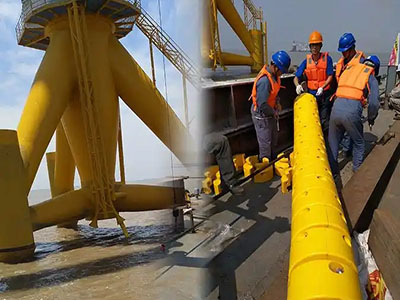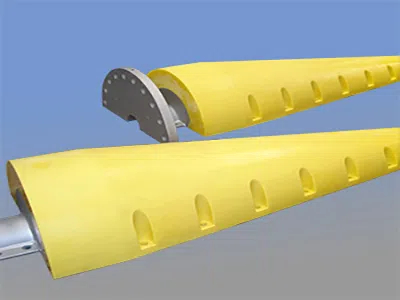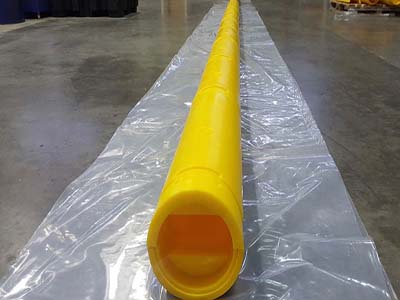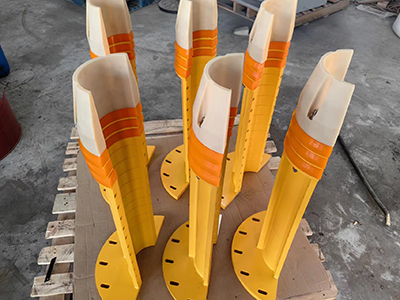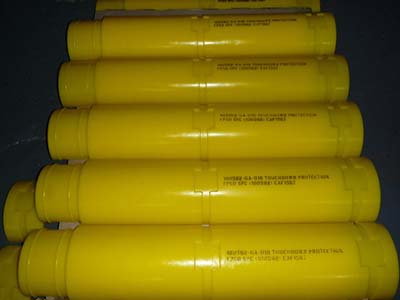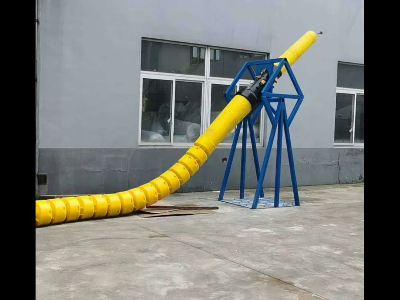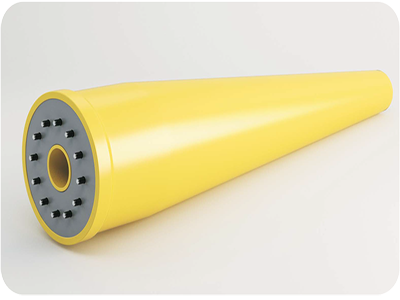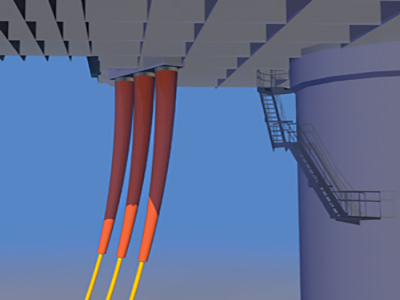Offshore J-tube centralizers are an integral component in the construction and operation of offshore oil, gas, and renewable energy infrastructure. These specialized devices ensure that pipelines, umbilical, and cables remain securely positioned within J-tubes – the curved steel conduits that guide subsea infrastructure from the platform to the seabed. Offshore J-tube Centralizers mitigate risks such as wear, buckling, and fatigue, ensuring equipment longevity and operational safety in the harsh marine environment.

What are offshore J-tube centralizers?
Offshore J-tube Centralizers are mechanical spacers strategically installed along the path of a pipeline or cable through a J-tube. Their primary function is to maintain a consistent annular gap between the pipeline and the inner wall of the J-tube. Offshore J-tube centralizers prevent metal-to-metal contact that could otherwise cause catastrophic wear, corrosion, or damage during installation or operation. By centering the pipeline, they ensure even stress distribution, reduce vibration-induced fatigue, and accommodate thermal expansion in dynamic offshore conditions.
Key functions of offshore J-tube centralisers
Offshore J-Tube Centralisers address three key challenges in subsea engineering:
• Alignment control: Offshore J-tube centralizers keep pipelines axially centered even as they navigate sharp bends in the J-tube. This minimizes bending stresses and prevents buckling during installation.
• Abrasion resistance: Offshore J-tube centralizers act as a protective barrier, absorbing friction caused by wave motion, tidal flow, or platform vibration. This extends the life of the pipeline and J-Tube.
• Load management: Offshore J-Tube centralizers evenly distribute mechanical, thermal, and hydrodynamic loads, reducing localized stress points that can lead to failure.
Design and material Innovations
Offshore J-tube centralizers are engineered to be resilient. Common designs include:
• Rigid centralizers: Made of corrosion-resistant stainless steel or high-strength composites, they provide strong support in high-pressure, high-load environments.
• Polyurethane centralizers: Have flexible arms that accommodate subtle changes in J-Tube diameter while maintaining consistent contact.
• Polyurethane offshore J-tube centralizers withstand saltwater corrosion, extreme temperatures, and high-pressure conditions for their durability and lightweight properties.
Installation challenges and best practices
Offshore J-tube centralizers require precise installation. Engineers must consider factors such as J-tube radius, pipeline diameter, and environmental loads to determine the optimal spacing. Offshore J-tube centralizers are often pre-installed onshore or connected during the pipeline pull-in process.
Why are offshore J-tube centralizers indispensable?
Offshore J-tube centralizers are essential to preventing costly failures. Without them, pipelines can suffer from wear, fatigue cracks, or misalignment, any of which could result in leaks, environmental damage, or production downtime. They play a vital role in enabling safe and efficient energy extraction, making them a cornerstone of offshore engineering.
As offshore projects move into deeper waters and harsher climates, offshore J-tube centralizers are evolving. Innovations include smart sensors for real-time wear monitoring and eco-friendly materials that reduce environmental impact. These advances ensure that offshore J-tube centralizers remain critical to the sustainable development of subsea energy systems.

